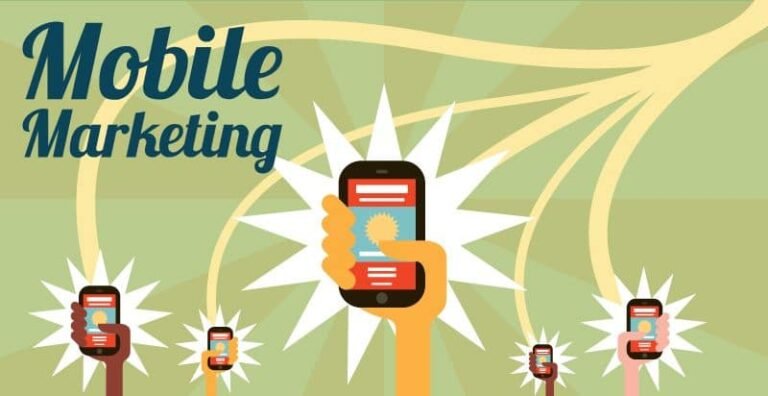Are you eager to give your mobile app the exposure it deserves? If so, you’re in luck because we have the ultimate guide for you! With over a decade of experience in the mobile app industry, I have gained valuable insights into essential marketing strategies for success.
Marketing your mobile app doesn’t stop at its launch. Success requires continuous marketing efforts throughout the entire lifespan of your app to remain relevant. The marketing funnel for mobile apps can be broken down into three key phases: awareness, acquisition, and retention. Let’s delve deeper into each phase and explore effective marketing strategies to ensure your app stands out and succeeds.
Awareness
The awareness phase is crucial for the success of your mobile app. It is essential not only to make potential users aware of your app but also to enhance your understanding of the current market. By having a clear grasp of your target audience and staying updated on mobile marketing trends, you can differentiate your app from competitors and create marketing strategies that attract and retain users.
Acquisition
Acquiring users for your mobile app is vital for building a solid customer base and keeping them engaged. This phase begins during the pre-launch stage of your marketing campaign, focusing on capturing users’ attention and showcasing how your app can fulfill their needs.
Retention
While getting users to download your mobile app is a significant achievement, the real challenge lies in retaining and engaging them over time. The retention phase involves implementing marketing activities that encourage users to continue using your app.
Mobile App Marketing Steps
Now that we’ve covered the phases of mobile app marketing, let’s dive into the actionable steps required for success. Each phase demands a unique approach, but certain fundamentals are essential throughout the marketing process.
Awareness
The pre-launch stage of mobile app marketing is all about creating awareness and visibility for your brand. By establishing clear brand messaging and positioning, you can effectively target and engage the right customers.
- Research the Competition: Understand what other apps offer, their marketing techniques, and how you can differentiate your app.
- Conduct Customer Surveys: Gather feedback to understand user behavior and preferences.
- Create Customer Personas: Develop semi-fictional profiles of your ideal customers.
- Pick a Launch Date: Choose a launch date strategically to maximize impact.
- Create a Website: Launch a website to generate awareness and collect email addresses.
- Buildout Social Channels: Utilize social media platforms to engage with your target audience.
- Start Content Marketing Early: Create engaging content to build anticipation for your app.
Acquisition
After the app launch, focus on organic user acquisition to drive downloads and secure a higher ranking on app stores. Implement the following steps to optimize your acquisition efforts:
- App Store Optimization: Enhance discoverability and conversion through effective ASO strategies.
- Paid Google Ads: Utilize paid ads to target users searching for related products.
- Paid Social Ads: Run ads on various social platforms to reach a broader audience.
- Focus on Organic Social: Engage with users organically to build relationships and increase visibility.
- Optimize Your Website: Ensure your website is user-friendly and SEO-optimized.
- Create a Ton of Video: Leverage video marketing to capture user attention and increase engagement.
Retention
User retention is as crucial as user acquisition in mobile app marketing. Focus on engaging and retaining customers through the following steps:
- Great Customer Service: Provide excellent customer service to build loyalty and trust.
- Overly Communicate: Keep users informed and engaged through various channels.
- Push Notifications: Use push notifications strategically to drive user engagement.
- Chat Bots: Implement chatbots to provide quick and personalized support.
- Personalization: Tailor marketing campaigns to provide a personalized experience for users.
Conclusion
Marketing your mobile app requires careful planning and execution. Beyond the basics of marketing, such as customer service and communication, success hinges on understanding your app’s purpose and how it adds value to users. By investing in mobile app marketing, you can achieve your marketing goals and set your business up for success.
What marketing strategies have worked best for your mobile app? Share your thoughts in the comments below!

